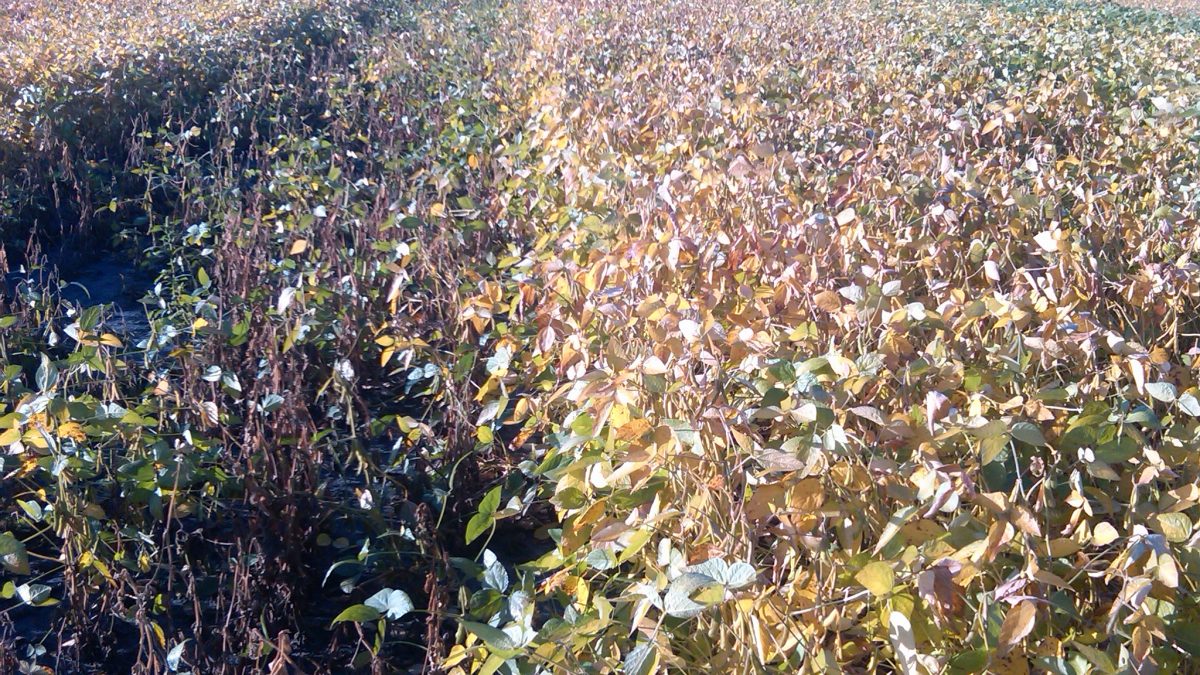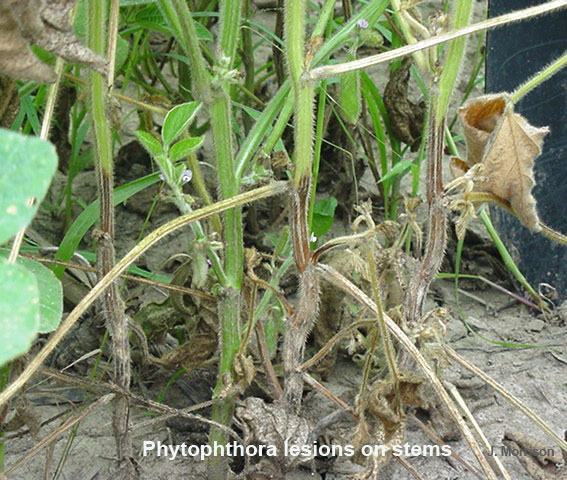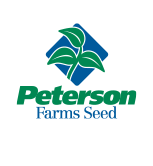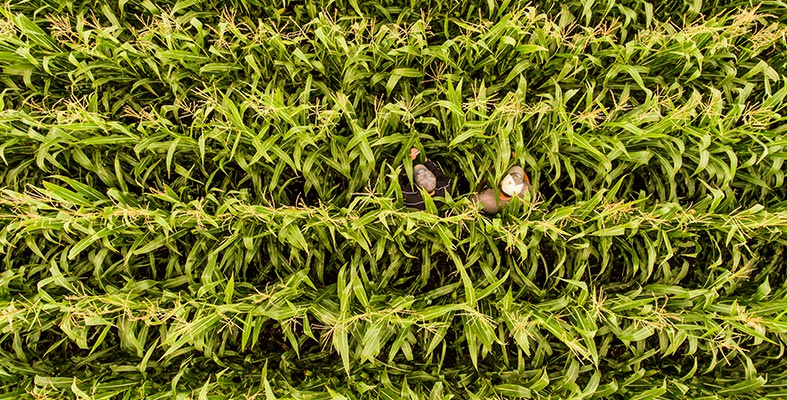Phytophthora Gene Guide 101

The world of soybean genetics is always changing. Do you have a handle on genes and what they protect against? It’s important you place the right varieties for your conditions. In this blog we’ll break down each soybean phytophthora gene giving you a little history and describing what it protects against.
4.6 Billion is a big number. That’s the annual damage in dollars caused by Phytophthora Root Rot (PMG). 85% of that damage occurs in in Iowa, Illinois, Indiana, Ohio and Northern states. Thankfully there are multiple ways to combat PMG or at least minimize its effects including genetic resistance and field tolerance to the pathogen in addition to crop rotation, seed treatments and improving field drainage.

Today I’m diving into the world of genetics. Mother Nature is always changing and evolving, and this is no different with the Phytophthora Root Rot pathogen. There are over 70 different variations, usually called races. Soybean breeders have a good arsenal of resistance genes to work with and are discovering more every year.
Commonly used genes today are Rps1a, Rps1c, Rps1k, Rps6 and Rps3a, each providing resistance to specific races of PMG.
| Gene | Races Covered |
| Rps1a | 1,2,10,11,13-18,24,26,27,31,32,36 |
| Rps1c | 1-3,6-11,13,15,17,21,23,24,26,28-30,32,34,36 |
| Rps1k | 1-11,13-15,17-18,21-24,26,36,37 |
| Rps6 | 1-4,10,12,14-16,18-21,25,28,33-35 |
| Rps3a | 1-5,8-9,11,13,15,16,18,23,25,28,29,31-35,39-41,43-45,47-52,54 |
What Does A Resistant Gene Really Mean?
Let’s use Rps1c as an example. It is a single gene the confers specific resistance to 22 races of PMG. While that may seem like a lot, nature has actually developed 70 different races of PMG so this gene protects against only a fraction of them. If over time a grower plants different soybean varieties but they all have only the Rps1c source of resistance it can be a problem. Phytophthora Root Rot race 4 could continue to multiply in numbers in the soil because varieties with only Rps1c DO NOT confer resistance to Race 4 of the pathogen.
To complicate matters, while you may be keeping 22 races of PMG under control with Rps1c, another race could populate your field and causes significant yield loss.
Managing Phytophthora Root Rot
Just like with soybean cyst nematode, it is critical to rotate varieties with different sources of resistance.
Other management tools include longer rotations or seed treatments in fields where PMG has been a problem in the past.
Varieties without a specific resistance gene can still be used if they have a high level of general field tolerance. Varieties with good field tolerance will show some stunting or even a few dead plants from PMG but will “tolerate” the disease and maintain most of its yield. This can be key as then all races of PMG will be at a lower overall level in your field.
Breeding Advancements
Breeders can now stack Phytophthora Genes. For example, Rps3a confers resistance to the widest number of races of PMG so varieties with stacked Rps1c and Rps3a genes cover a huge number of races.
With the use of genetic markers, breeders can more easily incorporate resistance genes into new varieties. They can breed in newer Phytophthora genes such Rps7, Rps9, Rps10 or Rps11. Hopefully staying a few steps ahead of the changes Mother Nature throws at us.



